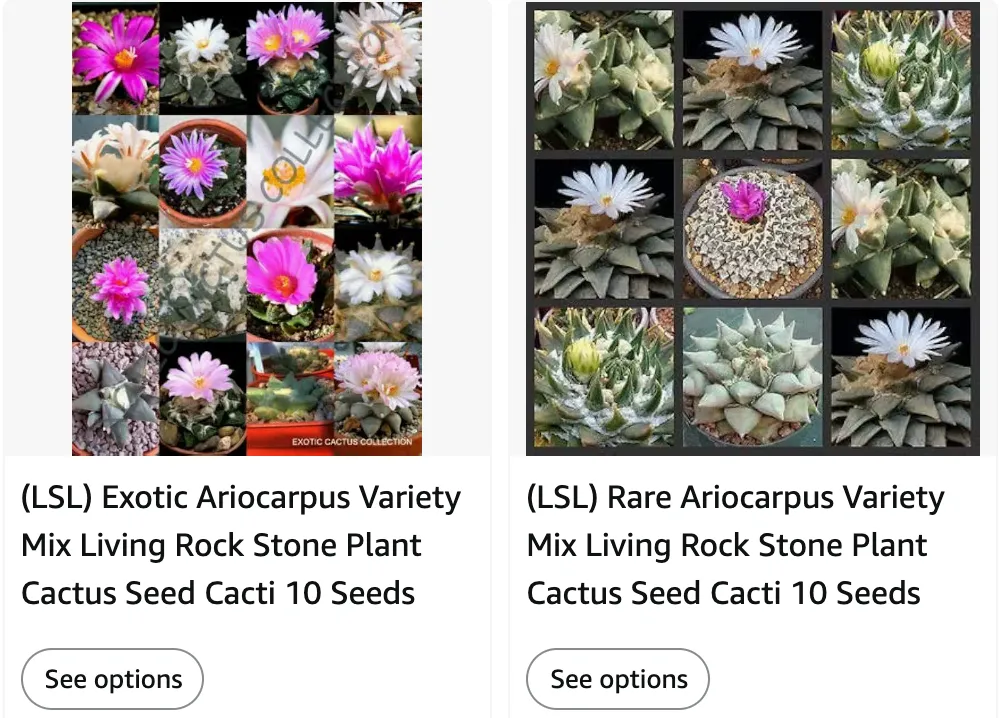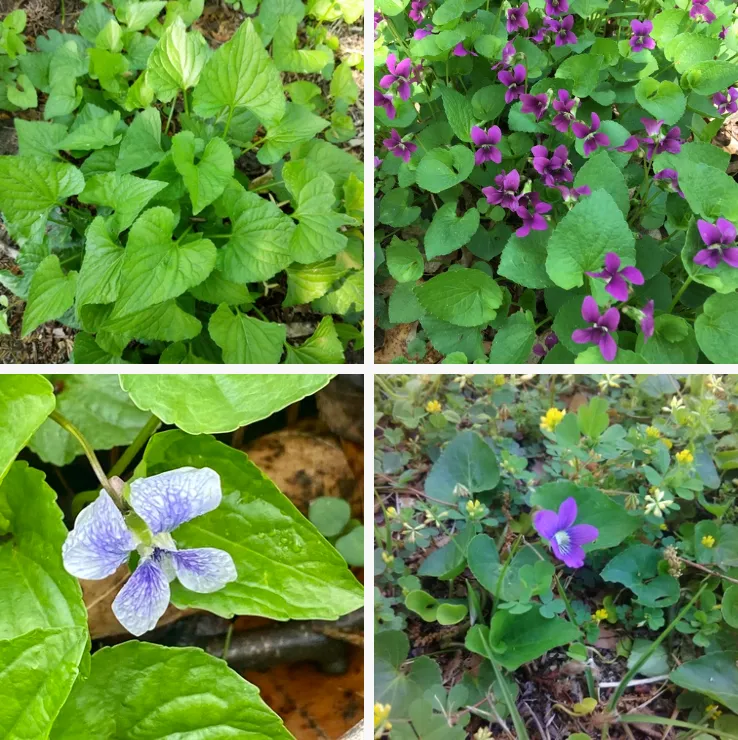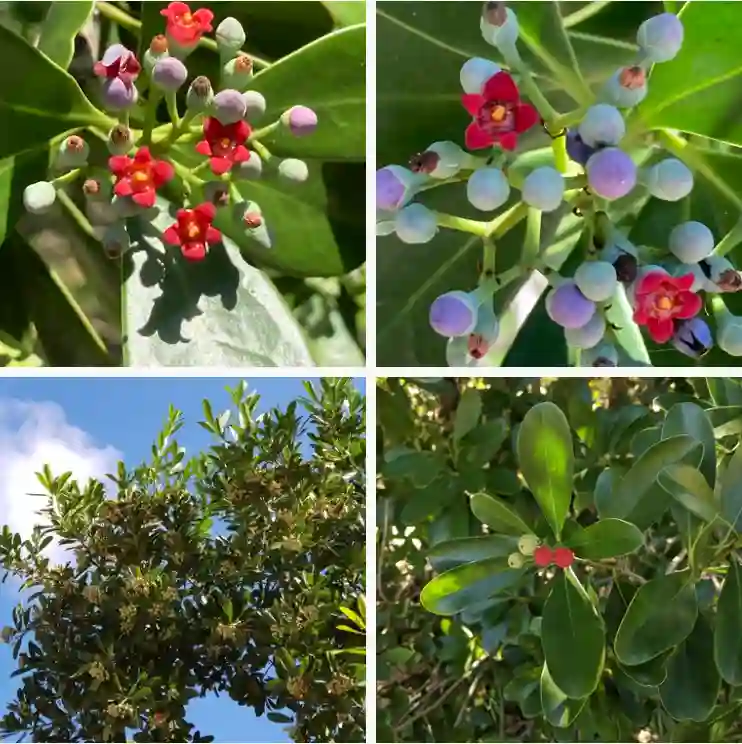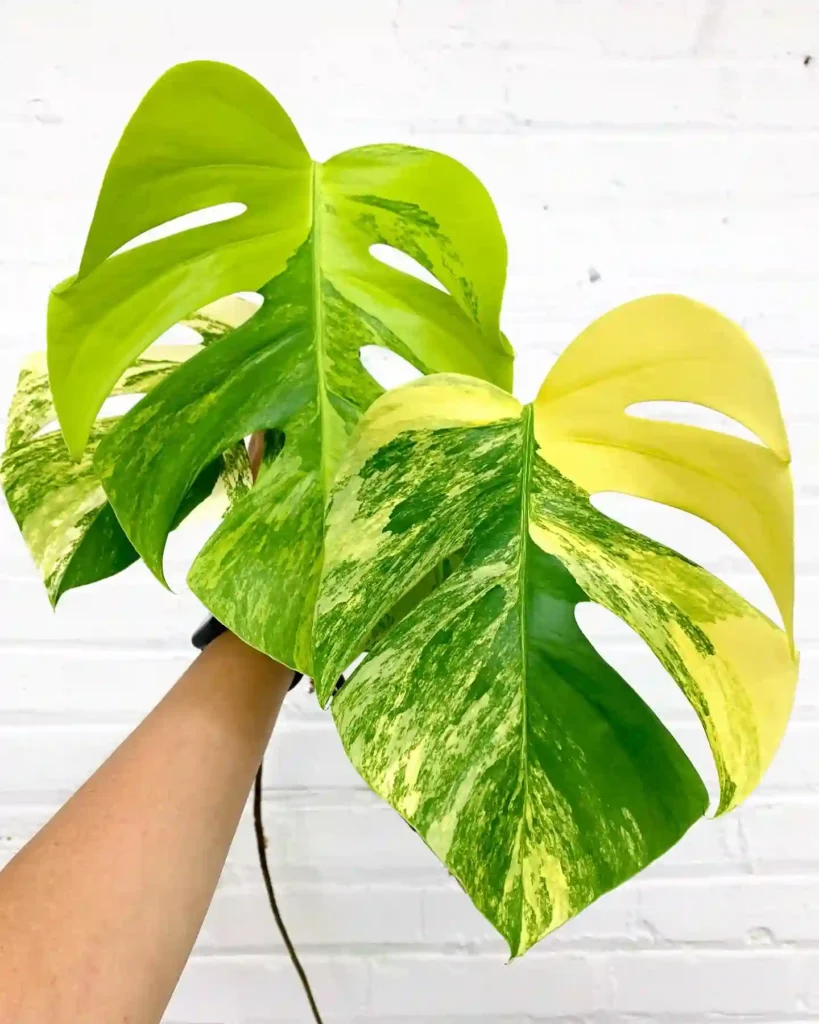
March 21 – Ariocarpus
"Ariocarpus, the living rock cactus, defines March 21."
This rare cactus symbolizes resilience and uniqueness. You are strong and unyielding, with a quiet beauty that reveals itself to those who look closely.
Ariocarpus: My Fascination with Living Rocks
The world of cacti is vast and diverse, filled with bizarre shapes and incredible adaptations. But even among these hardy survivors, the genus Ariocarpus stands out. These plants belong to the Cactaceae family, often called “living rocks,” are masters of disguise, blending seamlessly into their arid environments. As a cactus enthusiast, I’m captivated by their unique morphology and the challenges they present in cultivation.
A Master of Disguise
Ariocarpus species are native to the Chihuahuan Desert of Texas and Mexico. This unforgiving landscape, with its scorching sun and rocky terrain, has shaped these plants into the remarkable forms we see today. Their stems are flattened and tuberculate, resembling the limestone rocks among which they grow. This camouflage helps them avoid detection by herbivores, ensuring their survival in this harsh environment.
But their unique appearance isn’t just about survival. It’s also a testament to their remarkable adaptation to aridity. The tubercles, which are modified leaves, are thick and fleshy, storing precious water for times of drought. The lack of spines, a common feature in most cacti, further reduces water loss through transpiration.
A Diverse Genus
Though Ariocarpus is a small genus, it boasts a fascinating array of species, each with its own distinct characteristics:
- Ariocarpus agavoides, native to Mexico, is a distinctive cactus species with dark green, triangular tubercles that resemble agave leaves, giving it a unique look among cacti. This plant typically grows flat to the ground and blends into its rocky surroundings, helping it avoid detection in the wild. Its tubercles are often covered in a wooly coating near the center, and in autumn, it produces striking magenta to pink flowers, contrasting beautifully with its rugged texture. Due to its rarity and specialized care requirements, it is popular with collectors.
- Endemic to a small area in San Luis Potosí, Mexico, Ariocarpus bravoanus is a critically endangered cactus species that thrives in limestone soils. This species is compact and has dark green, flattened, and somewhat wrinkled tubercles, which form a rosette shape. It produces pink to magenta flowers in the fall, creating a vivid display against its muted body. Ariocarpus bravoanus requires very careful watering and specific light conditions, making it a challenging but rewarding species for dedicated cactus enthusiasts.
- Ariocarpus × drabi is a naturally occurring hybrid, usually found where the ranges of different Ariocarpus species overlap. Its appearance varies depending on its parent species but typically exhibits a combination of characteristics, such as a unique arrangement of tubercles and intermediate flowering colors. Known for its adaptability to arid conditions, this hybrid is often sought after by collectors for its blend of rare traits and distinctive aesthetic.
- Ariocarpus fissuratus, commonly called the “living rock” cactus, is native to Texas and northern Mexico, where it thrives in rocky limestone soils. Its grey-green, rounded tubercles form a low-growing rosette that almost appears to merge with the ground, providing excellent camouflage. In the fall, it produces pink to purple flowers that bloom directly from the center of the plant, offering a surprising burst of color. Known for its resilience, A. fissuratus can survive long droughts, making it a fascinating species with unique survival adaptations. Plant FAQs: Ariocarpus Fissuratus – Rattlesnake Cactus
- Ariocarpus kotschoubeyanus, native to Mexico, is among the smallest species in the genus, often growing flush with the soil. It features dark green, triangular tubercles arranged in a star pattern, making it highly distinctive. This species produces small, magenta-colored flowers in late autumn, which stand out against its low profile. A. kotschoubeyanus requires specific soil and water conditions, often preferring very well-drained, gritty substrates and minimal water to avoid rot.
- Ariocarpus retusus, one of the larger Ariocarpus species, is found in northeastern Mexico and is characterized by its pale green, thick, triangular tubercles that form a rosette. Its tubercles have a unique chalky or powdery texture, adding to its allure. In autumn, this cactus blooms with white to pink flowers, creating a beautiful contrast. Highly adaptable to arid climates, A. retusus can survive on minimal water, storing moisture in its thick tubercles, which is ideal for desert conditions. Plant FAQs: Ariocarpus Retusus
- Ariocarpus scaphirostrus is a rare cactus species native to Mexico, often growing in limestone-rich areas. It is distinguished by its elongated, pointed tubercles that form a unique rosette pattern. Unlike other Ariocarpus species, A. scaphirostrus has tubercles that can vary in color from dark green to almost brown, depending on the environment. This species produces light pink to purple flowers in the fall, adding a delicate touch to its rugged appearance. Its slow growth and sensitivity to overwatering make it a prized plant for experienced cactus growers.
- Ariocarpus trigonus, native to Mexico, has large, smooth, and elongated yellow-green tubercles that give it a somewhat star-like appearance when viewed from above. It produces pale yellow flowers in the autumn, which are a unique trait among Ariocarpus species. This species is well-adapted to arid conditions, using its tubercles to capture and store water, making it extremely drought-resistant. Known for its robust nature and relatively easier care, A. trigonus is a popular choice among Ariocarpus enthusiasts.
The Challenge of Cultivation
Growing Ariocarpus can be a rewarding but challenging endeavor. These plants require specific conditions to thrive, and their slow growth demands patience. Here are some key considerations for successful cultivation:
- Well-draining soil: Ariocarpus are susceptible to root rot, so a porous, mineral-based substrate is essential.
- Strong light: These plants need plenty of sunlight to maintain their compact form and vibrant coloration.
- Infrequent watering: Overwatering is a common mistake. Allow the soil to dry out completely between waterings, especially during the winter dormancy period.
- Patience: Ariocarpus are notoriously slow-growing. It may take several years for them to reach a considerable size.
Despite the challenges, the unique beauty and intriguing adaptations of Ariocarpus make them a worthwhile pursuit for any cactus aficionado. The satisfaction of nurturing these living rocks from seedlings to mature specimens is a testament to the enduring appeal of these fascinating plants.
If i die, water my plants!



